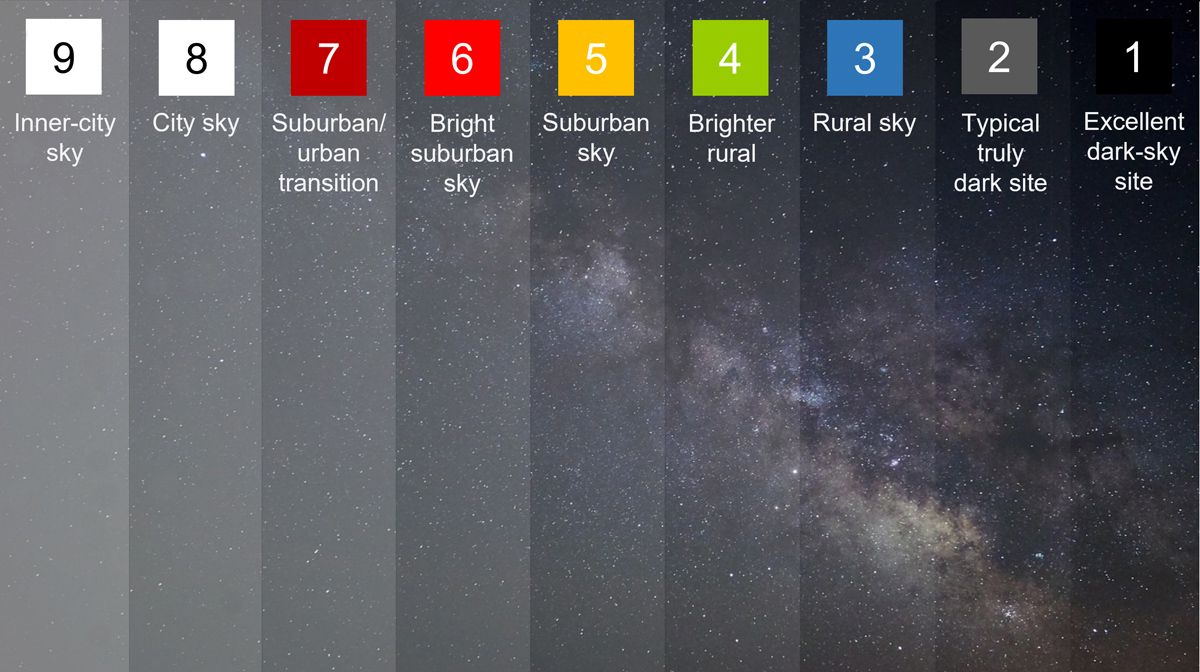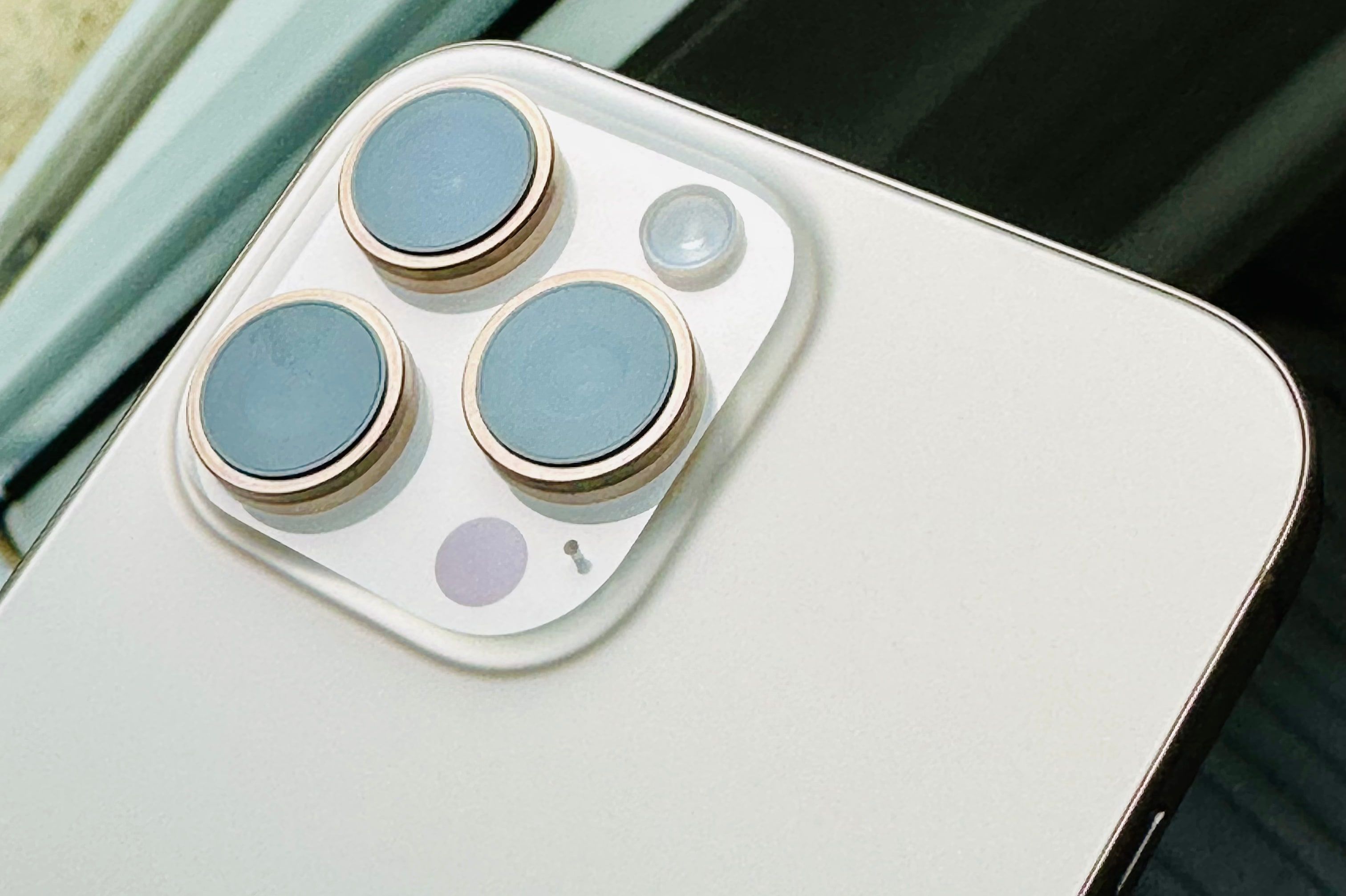Many of us have seen one, two, or even three planets in the sky at once, but seeing up to six line up in formation is a rare event. Dust off the blankets and fill up your mugs because January 2025 is a great month for seeing many of our planetary neighbors line up simultaneously.
The Myth: Seeing Seven Planets at the Same Time
You may have seen claims being circulated that you’ll be able to see all seven planets in a line across the sky at the same time on January 25th. While elements of these suggestions are correct, sadly, you won’t see all the planets simultaneously this month.
First, let’s address the claim that planets will be in a line. Planets have their own orbits, so they don’t travel on the same paths. However, for most of January, the planets will be on or near the ecliptic—the line the sun appears to pass over us in the sky over the course of a day. This makes finding them much easier.
Second is the issue of whether you’ll be able to see seven planets simultaneously. You might get to see six (Venus, Mars, Jupiter, Saturn, Uranus, and Neptune), as they are all due to appear in the evening sky at the same time. However, Mercury is a morning planet, so it’ll rear its head separately.
Lastly, please don’t envisage sitting in your garden and looking up to see the six planets mentioned above at the same time—it won’t be that straightforward! As I’ll discuss below, while some will be visible to the naked eye, you’ll need some equipment to see others, so technically, it won’t be possible to see them all in one eye-shot.
The Good News: Lots to See!
Now that I’ve got the bad news out of the way, here’s the good news. With the naked eye (and—fingers crossed—some clear skies), you’ll be able to see Venus, Mars, Jupiter, and Saturn without any equipment or expertise. You may also be able to see Neptune and Uranus, but you’ll probably need some optical aids.
Do you want some more good news? It’s not just on January 25 that you’ll be able to see these planets—they’ll be on display all month! In fact, I’ve already spent a few nights braving the wintry chill to take in this spectacular phenomenon.
As soon as it gets dark, wrap up (unless you’re in the Southern Hemisphere!), head outside, and look up. Start in the west, where you’ll see the very bright Venus (you really can’t miss it). Then, just above, you’ll see Saturn, much fainter but still clearly visible. The best time to see these together will be in the middle of the month (January 17-18), after which time Saturn will drop towards the horizon.
Then, follow the ecliptic upwards to see the very clearly red-tinted Mars and the bright Jupiter. For comparison, Jupiter won’t be quite as bright as Venus, but it’ll still be instantly recognizable as soon as you look directly overhead. January 16 is the best night to see Mars, but both Mars and Jupiter are really clear to see throughout the month of January.
One of the first things you’ll see when you head outside, and your eyes adjust to the darkness, is Pleiades—also known as the Seven Sisters—a hazy cluster of stars that actually sometimes appears clearer when you don’t look at it directly. With a good pair of binoculars, or maybe the naked eye in very dark sky conditions, you may be able to make out Uranus a few degrees south of Pleiades. Remember, the planets will appear to run across the ecliptic, so use that line to locate Uranus more easily.
Finally, to see the planet farthest out, Neptune, you’ll need a telescope or a powerful pair of binoculars and Bortle 1 skies (see the illustration below) away from city lights. Neptune will be easier to locate as the month progresses, and it’ll be only a few moon-widths away from Venus.
Find the Right Conditions
While Venus, Saturn, Mars, and Jupiter are very easy to spot, there are a few factors you should consider before you head outside.
Natural Light Pollution
As I’ve already suggested, the best time to see the planets together is shortly after sunset. That said, if you stay outside for an hour or so after that point, this will give your eyes the time to adjust to the darkness and the sun’s rays the time almost completely to disappear.
Another celestial body that might hinder your chances of dark skies is the moon. The moon this month will be full on January 13, at which point it will significantly hinder your chances of seeing faint stars. However, since the planets are so bright, it shouldn’t scupper your chances.
For the darkest skies, however, wait until January 29, when the moon won’t show in the sky at all (new moon). At this point, you’ll be able to appreciate the galactic tapestry to its fullest.
Artificial Light Pollution
Finding the darkest skies can be frustrating, but the key is to seek elevation above the light pollution. Even better, if you can travel to a location that’s known to be away from the city (use a light pollution map to help you), you’ll be able to see and appreciate much more of the sky.
Other Obstacles (Including Clouds!)
It goes without saying that, in order to give yourself the best chance of seeing some of the planets closer to the horizon (namely, Venus, Saturn, and Neptune), you should give yourself the clearest view, avoiding trees and buildings that could get in your way. As well as reducing your light pollution, sitting atop a high hill will give you the best views you can get.
Finally, check the weather forecast! After all, you can’t see the sky if there’s lots of cloud cover.
How to Photograph the Planets With Your Phone
Here are some tips for capturing the best pics of our planetary neighbors with your smartphone:
- Use a tripod to steady your phone and, if you have one, a wireless (Bluetooth) camera shutter remote control.
- Set your phone’s ISO at a mid-to-low-level setting, and change the exposure to one second. Switch to a lower ISO if there’s too much light in the resultant image.
- Start with Venus and Saturn. First, Venus is the brightest, so it’s a good place to start while you play with your phone’s settings. Second, because Saturn is dimmer, you’ll be able to compare the brightness of each planet when using different settings on your phone. Finally, Venus and Saturn being closer to the horizon than the other planets means you don’t have to strain your neck and shoulders as much as you get used to your surroundings.
- Then, move onto Jupiter, which is usually bright enough for your phone to register without adapting any settings. Alternatively, some phones offer a focus lock option, which lets you focus on a singular, distant object.
- You might think about downloading a specialized night-vision app designed for photographing planets, like Nightcam on iOS and Open Camera on Android.
- Remember to duplicate and then edit your photographs once you’re back indoors to maximize their impact. However, try not to adjust them too much, as this can significantly affect their quality.
While outside, grab a picture of the moon (full moon: January 13, 2025). You can get surprisingly good results with just your smartphone and a pair of binoculars, using an adapter (or a very steady hand!) to connect them together.


